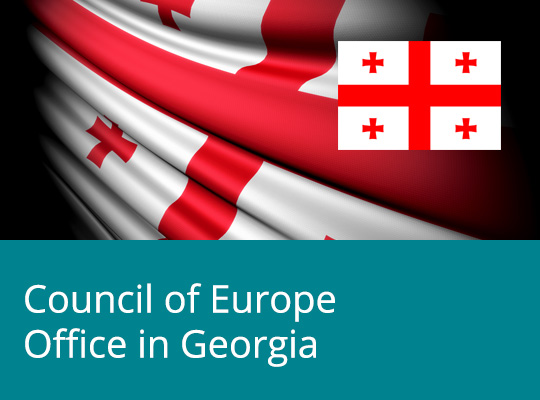Flag & Anthem

The Council of Europe's symbols
The European flag and the European anthem were chosen and adopted by the Council of Europe before also becoming symbols of the European Union. They are now the emblems of a shared European identity.
The European flag
Against the background of blue sky, the stars form a circle, symbolising union. The number of stars is fixed, twelve being the symbol of perfection and completeness and bringing to mind the apostles, the sons of Jacob, the labours of Hercules, the months in the year, etc.
From its foundation in 1949 the Council of Europe was aware of the need to give Europe a symbol with which Euorpeans could identify. On 25 October 1955 the Parliamentary Assembly unanimously approved the emblem of a circle of gold stars on a blue background. On 9 December 1955 the organisation's Committee of Ministers adopted the star-studded flag, which was launched officially on 13 December of the same year in Paris.
A symbol for the whole of Europe
In 1983 the European Parliament in turn adopted the flag devised by the Council of Europe and recommended that it become the European Communities' emblem. The European Council gave its approval in June 1985. The European Union's institutions began to use the flag in 1986.
The European flag has since become synonymous with a shared political project which unites all Europeans, transcending their diversity.
Copyright
Any natural or legal person (‘user') may use the European emblem or any of its elements, subject to the following Conditions of use:
The use of the European emblem and/or any of its elements is allowed, irrespective of whether the use is of a non-profit or commercial nature, unless:
(a) the use creates the incorrect impression or assumption that there is a connection between the user and any of the institutions, bodies, offices, agencies and organs of the European Union or the Council of Europe;
(b) the use leads the public to believe erroneously that the user benefits from the support, sponsorship, approval or consent of any of the institutions, bodies, offices, agencies and organs of the European Union or the Council of Europe;
(c) the use is in connection with any objective or activity which is incompatible with the aims and principles of the European Union or of the Council of Europe, or which would be otherwise unlawful.
Trade mark and related issues
The use of the European emblem in accordance with the conditions in the previous section does not mean consent to registration of the emblem or an imitation thereof as a trade mark or any other intellectual property right. The European Commission ([email protected]) and the Council of Europe ([email protected]) will continue the monitoring of applications for registration of the European emblem or part thereof as (part of) intellectual property rights, in accordance with the applicable legal provisions.
The European Anthem
Since 1972, the European anthem has been an excerpt from the prelude to the Ode to Joy from Beethoven's 9th Symphony.
The Council of Europe makes available to professionals and the general public recordings of different interpretations of the European Anthem. These recordings are extracts from the "Rhapsodie sur l'Hymne Européen" by the French composer Christophe Guyard. They were commissioned by the Council of Europe for use in documentaries, news and other programmes covering the Council of Europe. The "Rhapsodie sur l'Hymne Européen", is a protected work. It is not copyright-free, since it is registered with Sacem (France). The composer is Christopher Guyard.
Below you can find classical versions of the European Anthem, played on piano and on pipe organ.
Copyright
The Council of Europe makes recordings of various interpretations and versions of the European Anthem available to radio, television and other media and the general public. The service is free but as these different works are protected their use and/or public broadcasting is subject to the payment of performing rights to Sacem (France). For all applications, please contact the following address: [email protected]
Office in Georgia
64b Chavchavadze Ave. 14th Floor
Tbilisi 0179, Georgia
+99532 2913870/ 71/ 72



